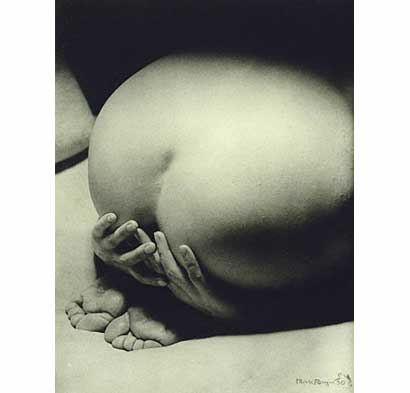
Duchamp's alter ego was Rrose Selavy 'to undermine the idea that art works are created by single, unchanging individuals'. Man Ray photographed Duchamp as his female character. 'The joke was not only that the highly cerebral Duchamp was willing to dress up as a woman, but that this woman was sexually available and entrepreneurial (she signed more art works and texts than Duchamp himself...)' Picabia 'toyed with the idea of a female alter ego'. La Veuve joyeuse (The Merry Widow).

Duchamp put himself 'the challenge of making art works that were not works of art; in the process he changed traditional understanding of what constitutes art. He selected a small number of manufactured, or 'readymade' objetcts that had no particular aesthetic merit, and have them the identifying features of a work of art: a title, a named author, a date of execution, and viewing public or owner. The rejection of his Fountain -an everyday urinal laid on its back -from an exhibition in 1917, and the ensuring debate about the right of an artist to designate something manufactured as his art work, is now seen as a turning point in the history of modernism.
Man Ray produced the 'objects of my affection two or more elements combined to create a new work. Man Ray
 also used his camera to record everyday or ephimeral items that caught his eye. Here the art work was the photograph, not the object itself '.
also used his camera to record everyday or ephimeral items that caught his eye. Here the art work was the photograph, not the object itself '.On Cinema Duchamp and Picabia worked on 'layering images of different scales mirroed the techniques of contemporary cinema, and echoed some of the devices used by Man Ray in his photographs of the human figure.'
"Towards the ends of their lives all three artists reflected on their position within twentieth century art. Picabia grew ever more cynical about the art world, but remainded obsessed with painting. 'My paintings are acts of love'."
"Man Ray's ironic response to the rhetoric of contemporary art was 'natural paintings', made by squeezing paint directly onto a board, sandwiching another on top and then pulling them apart. 'The least possible effort for the greatest possible result' was his motto".
"Duchamp continued his intellectual exploration but made few new works. He was content to be seen as inactive, saying that he liked breathing better than working. 'Each second, each breath is a work which is inscribed nowhere.'"
1 comment:
comment6, emmanuelle chriqui naked, fuwzpn, shannen doherty nude, yeft, liz hurley nude, %-(,
Post a Comment